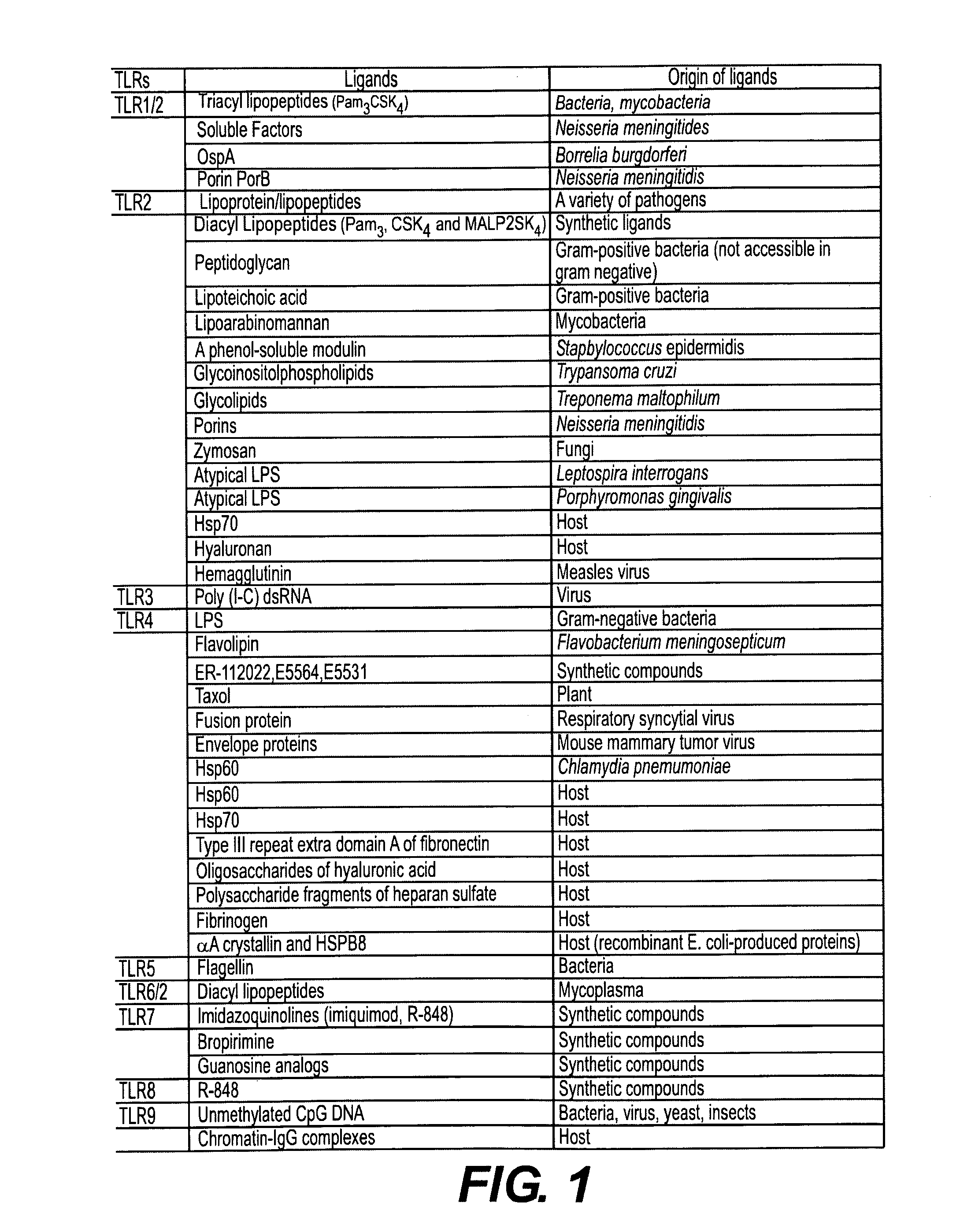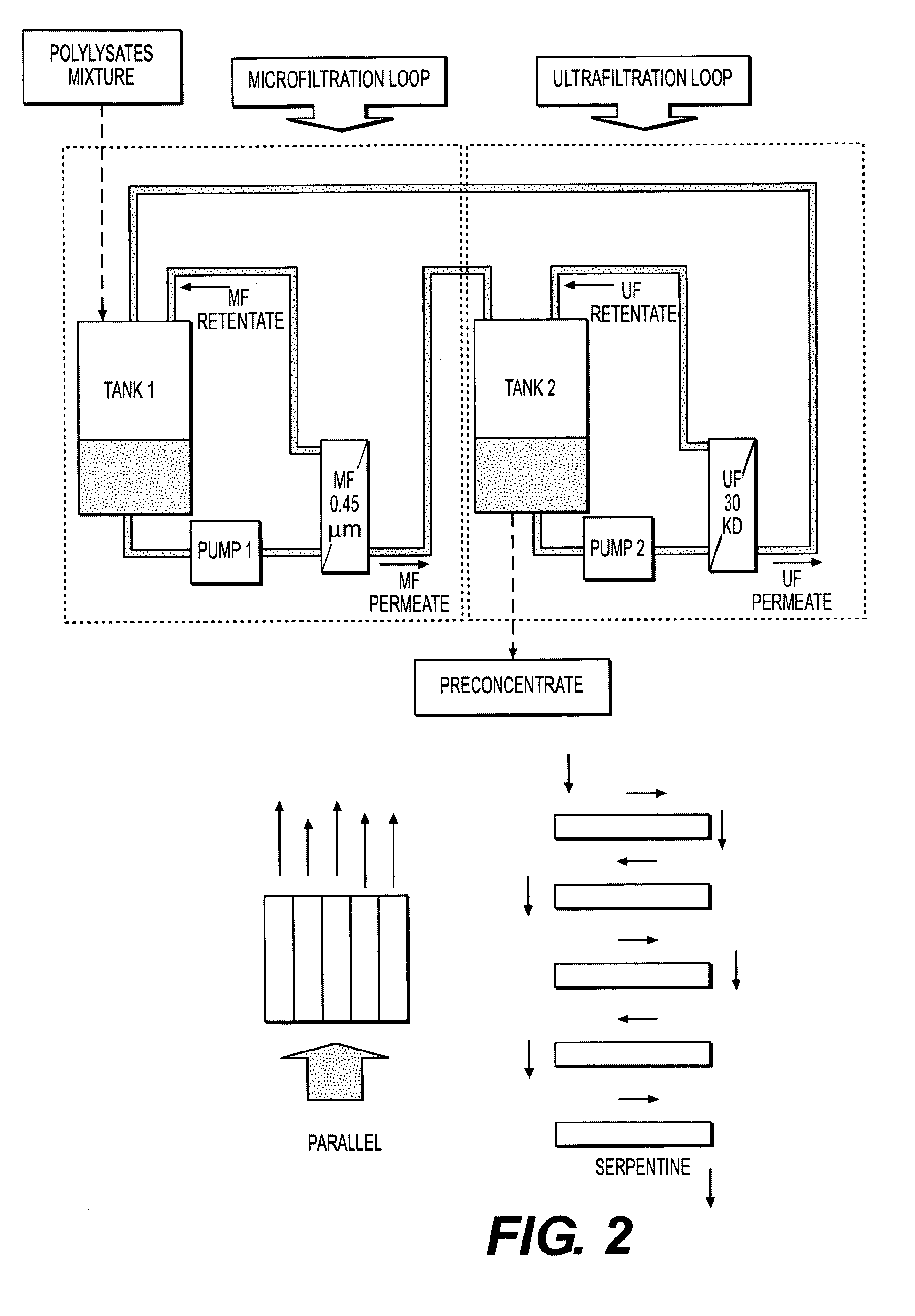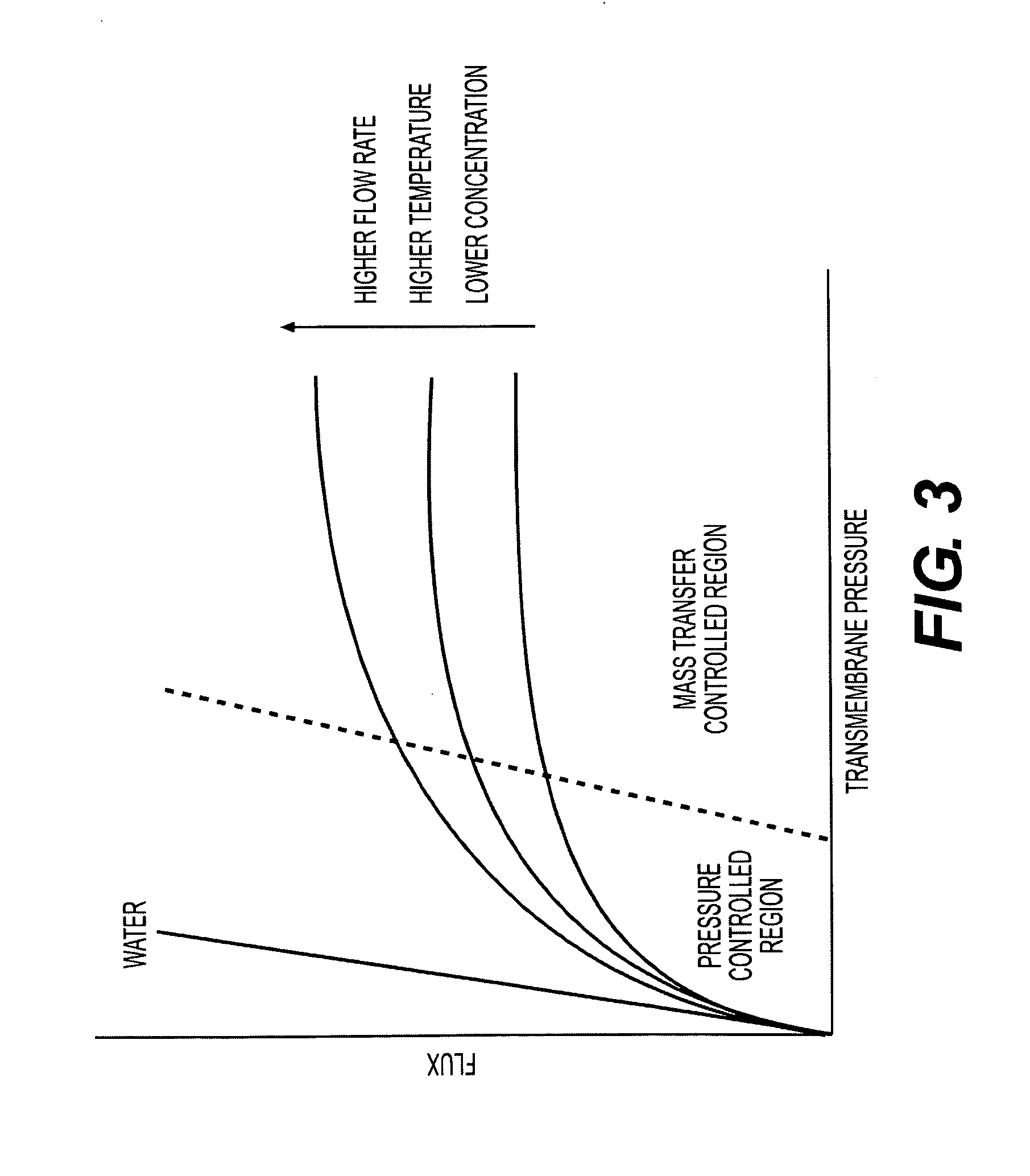Immunomodulatory extracts from lactobacillus bacteria and methods of manufacturing and use thereof
a technology of immunomodulatory extracts and lactobacillus bacteria, which is applied in the field of extracts from lactobacillus bacteria and methods of manufacturing and use, can solve the problems of limiting the local concentration of helpful molecules of probiotic bacteria in the body, rendering them inactive, and not being the most efficacious way to provide immunomodulatory effect in a subject, so as to improve the time of effectiveness of extracts, enhance biological activities, and efficiently digested
- Summary
- Abstract
- Description
- Claims
- Application Information
AI Technical Summary
Benefits of technology
Problems solved by technology
Method used
Image
Examples
working examples
Example 1
Bacterial Cultures
example 1.1
Culture of Lactobacillus fermentum I-3929
Initial Culture Conditions
[0098]Culture media was prepared by dissolving in purified water the following components: Sodium chloride: 3 g / L; Sodium monohydrogen phosphate: 2 g / L; Sodium acetate: 1 g / L; Soya peptone 50 g / L; Glucose: 12 g / L; Calcium chloride: 0.1 g / L; Potassium chloride: 0.1 g / L; Sodium bicarbonate: 0.5 g / L; pyruvate: 0.1 g / L; Glutamate: 0.2 g / L; Metal solution (copper sulfate: 3 mg / I; iron chloride: 830 mg / I; zinc sulfate: 860 mg / I; sulfuric acid: 1.1 mg / L): 0.5 mL / L. Polypropylene glycol (0.02 mL / L, density 1.005 g / mL) was then added. After dissolution, the pH was not adjusted. After sterilizing the media, small Erlenmeyer flasks were individually inoculated with the content of frozen vials (containing 1.5 mL of frozen bacteria) and incubated at 37° C. for 8 hours. Then 20 ml aliquots of this culture were transferred to larger Erlenmeyer flasks containing 1000 mL of culture media, and incubated again in the same conditions. ...
example 1.2
Culture of Lactobacillus helveticus 103146
Initial Culture Conditions
[0102]Culture media was prepared by dissolving in purified water the following components: Sodium chloride: 3 g / L; Sodium monohydrogen phosphate: 2 g / L; Sodium acetate: 1 g / L; Soya peptone 50 g / L; Glucose: 12 g / L; Calcium chloride: 0.1 g / L; Potassium chloride: 0.1 g / L; Sodium bicarbonate: 0.5 g / L; pyruvate: 0.1 g / L; Glutamate: 0.2 g / L; Metal solution (copper sulfate: 3 mg / I; iron chloride: 830 mg / I; zinc sulfate: 860 mg / I; sulfuric acid: 1.1 mg / L): 0.5 mL / L. Polypropylene glycol (0.02 mL / L) was then added. After dissolution, the pH was not adjusted. After sterilizing the media, small Erlenmeyer flasks were individually inoculated with the content of frozen vials (containing 1.5 mL of frozen bacteria) and incubated at 37° C. for 9 hours. Then 20 ml aliquots of this culture were transferred to larger Erlenmeyer flasks containing 1000 mL of culture media, and incubated again under the same conditions. After 15 hours, ...
PUM
| Property | Measurement | Unit |
|---|---|---|
| dry weight concentration | aaaaa | aaaaa |
| dry weight concentration | aaaaa | aaaaa |
| dry weight concentration | aaaaa | aaaaa |
Abstract
Description
Claims
Application Information
 Login to View More
Login to View More - R&D
- Intellectual Property
- Life Sciences
- Materials
- Tech Scout
- Unparalleled Data Quality
- Higher Quality Content
- 60% Fewer Hallucinations
Browse by: Latest US Patents, China's latest patents, Technical Efficacy Thesaurus, Application Domain, Technology Topic, Popular Technical Reports.
© 2025 PatSnap. All rights reserved.Legal|Privacy policy|Modern Slavery Act Transparency Statement|Sitemap|About US| Contact US: help@patsnap.com



